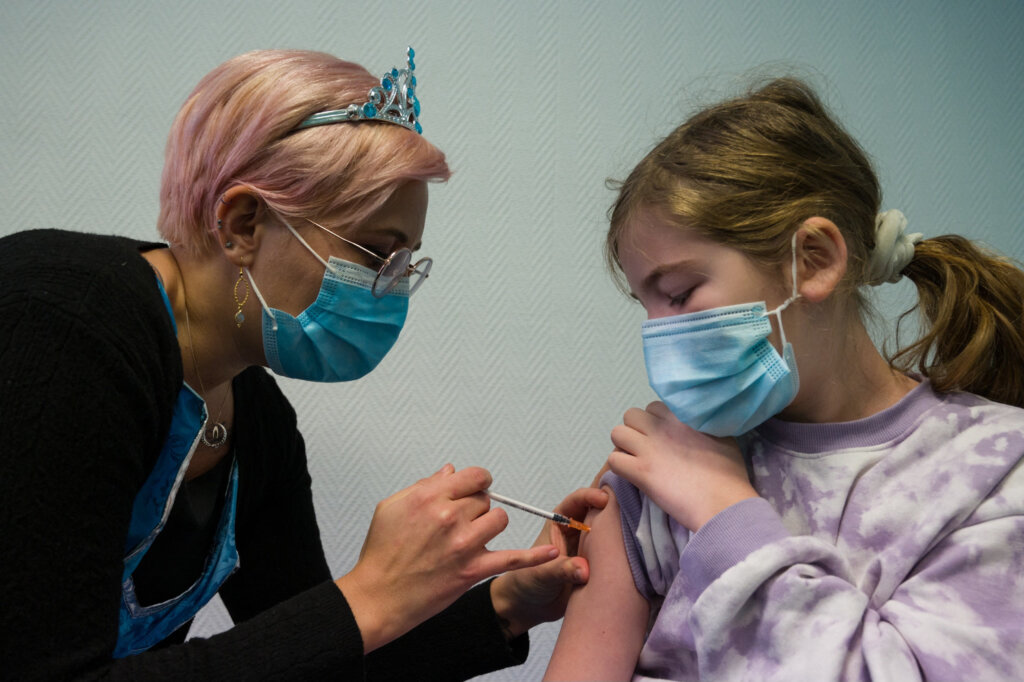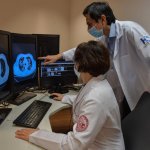An iterative, or ‘Plug-and-Play’, approach to healthcare

Silicon Valley has long been obsessed with a relatively simple, yet effective (or at least profitable) premise: Develop a value hypothesis; solve technical problems to unlock that value; course-correct based on marketplace signals from experiments; and ideally, scale the business with low marginal costs.
This calls for open minds, working within fixed processes, which isn’t as contradictory as it might sound. Sometimes, it’s more important to continually validate the vision or optimize the product than it is to quickly reach profitability — which might also sound contradictory to outsiders.
Tech innovators have developed their own ethos and techniques while navigating minefields of risk and uncertainty at a rapid pace. As all of humanity moves through a pandemic that is very much defined by existential risk and uncertainty, do the tech industry’s approaches have broader relevance?
Or is the “move fast and break things” mantra, first promoted among internal design and management teams at Facebook, sufficient reason to look elsewhere for guidance? As venture capitalist Hemant Taneja once suggested, is it time to switch from “minimum viable products” to “minimum virtuous products” by making empathy or societal change more integral to frameworks? And how is this all correlated with timelines?
Former FDA commissioner Scott Gottlieb was recently a guest on the podcast of the tech industry-leading venture capital firm Andreessen Horowitz (a16z). When asked why pharmaceutical and biotechnology companies haven’t been able to iterate and adapt to variants faster, given “the programmability” of mRNA vaccines, Gottlieb agreed that mRNA adjustments could potentially require less clinical data because “the manufacturing process can be plug-and-play.”
The term “plug-and-play” has associations with configuration-free hardware and even the controversies over dongles or engineered frictions in personal computing, yet Gottlieb invoked it in the pandemic context by explaining:
“What you’re really just optimizing for is: does the new sequence code for a protein that’s going to elicit the right immune response? You’re not as concerned that there’s going to be variability in the manufacturing process that can change the vaccine,” he noted. “With a flu vaccine, as you move from vaccine to vaccine, that sequence has to undergo egg adaptation because the vaccines are manufactured in eggs, and so that can introduce some changes in the protein that then have some clinical consequences.”

A child receives a dose of Pfizer/BioNTech Covid 19 vaccine. (Photo by SEBASTIEN BOZON / AFP)
Egg-based vaccine manufacturing for flu shots involves incubating and harvesting viruses, before purifying antigens (viral surface structures) to trigger antibody production in vaccine recipients. This process has been used for more than 70 years.
Although mRNA technology has the potential to be more adjustable or scalable, at least theoretically, Microsoft co-founder, global philanthropist, and pandemic preparedness advocate Bill Gates has noted that production facilities with regulatory approval remain limited and “every manufacturing process has to be looked at in a very careful way.”
He characterized the ability to globally coordinate and increase capacity to meet targets as “mind-blowing,” given the lack of preparedness and technological precedent. Critics suggested that Gates might be overly invested in intellectual property laws because that framework enabled his own tech wealth. (IP has also recently been a sticking point in trade agreements that exposed cultural differences.)
“There’s all sorts of issues around intellectual property having to do with medicines, but not in terms of how quickly we’ve been able to ramp up the volume here,” said Gates in the Sky News interview that sparked this controversy. Although inequities in vaccine distribution and healthcare generally are evident and fundamentally unfair, Gates contextualized this: “Typically in global health, it takes a decade between when a vaccine comes into the rich world and when it gets to the poor countries.”
YOU MIGHT LIKE

Data driven by AI is making the difference in healthcare
He attributed this expedited timeline to second source agreements and cooperation, enabled by governmental, non-governmental, and intergovernmental funds and organizations, while a lack of operational and regulatory preparedness or simulations acted as restraints.
The freezer-level temperature storage requirements of mRNA vaccines, compared with the refrigerator-level requirements for viral vector vaccines, have been identified as another possible challenge in scaling vaccine distribution. The tech mindset of “just spin up another instance” (in cloud computing) does not apply.
It seems that in Gottlieb’s view, if the safety and efficacy signal is strong enough, the tech industry’s commitment to relentless iterations and optimizations (typically, around marketplace signals) isn’t necessarily worthwhile.
He commented, “Theoretically, maybe you’d be able to gain a little bit of efficacy against Delta. But what would happen to the efficacy of the vaccine against everything else? We don’t know the answer to that question. And so, you don’t want to pivot to a new vaccine.” This idea of “plug-and-play” healthcare opens up a wide range of issues that preceded, and will follow, the current pandemic.
For example, as I told Healthline in January 2020: “New AI products have a dynamic relationship with data. To borrow a medical term, they aren’t quarantined. The idea is that they are always ‘learning,’ but perhaps it’s worth challenging the assumption that a change in outputs always represents an improved product.” And this has regulatory implications for healthcare technologies.
In other words, the “set it, and forget it!” approach may work in consumer products being hawked in infomercials, but we can’t yet fully entrust something as sacred as human lives to black-box algorithms. We still need physicians’ care and supervision. Healthcare is too complex and too important. A tech-inspired approach will propel us forward but we must always remain sensitive to the particulars.








